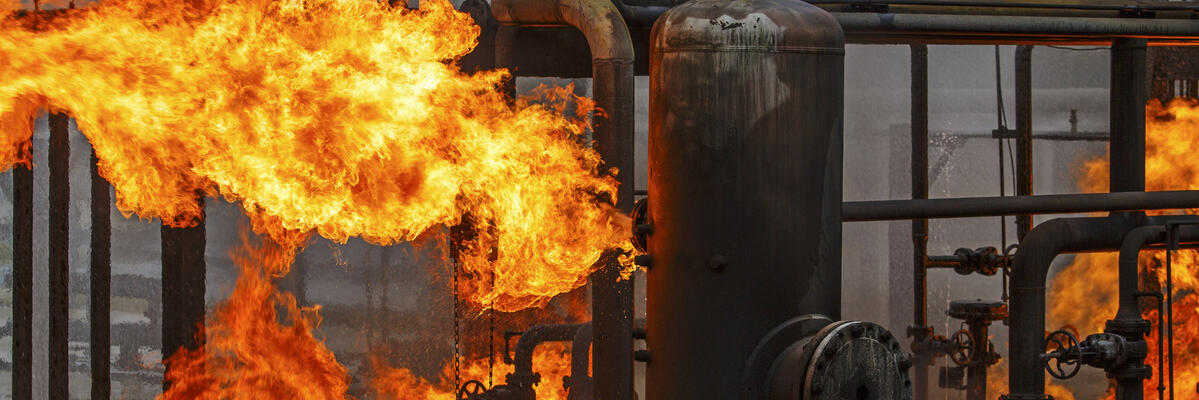- Published: February 25, 2023
The Coalition to Prevent Chemical Disasters urges EPA to enact stronger protections for workers and communities at the fenceline of hazardous facilities
Press Contact: Deidre Nelms, dnelms@comingcleaninc.org, 802-251-0203 ext. 711
A new map released by the Coalition to Prevent Chemical Disasters today shows that the toxic train derailment in East Palestine, Ohio is one of at least 224 incidents involving hazardous chemicals – including toxic releases, fires and explosions – that have occurred since January 1, 2022. The map will be periodically updated through the year to reflect new chemical incidents, including but not limited to incidents at facilities covered by the Risk Management Program.
At least 475 chemical incidents have occurred since April 2020, when the coalition started maintaining its incident database, sourced from news, industry and government reports. This database is intended to underscore the startling regularity of chemical disasters in the U.S. – and motivate the need for stronger preventative policies to better protect workers and fenceline communities from catastrophic harm.
On August 19, 2022, the U.S. Environmental Protection Agency (EPA) proposed the Safer Communities by Chemical Accident Prevention (SCCAP) rule, which made long-awaited revisions to the Risk Management Program (RMP), intended to prevent chemical disasters and regulate facilities that use or store highly hazardous chemicals. While the draft rule was a necessary step forward, it did not do enough to prevent chemical disasters. Over 175 million people in the United States live near the roughly 12,000 high-risk chemical facilities that are regulated under EPA’s RMP Rule.
On October 31, 2022, more than 100 members or allies of the Coalition to Prevent Chemical Disasters urged the EPA to further strengthen its proposal in key ways “to fully satisfy the law and the agency’s core commitments on environmental justice, worker safety, and climate change.” Dozens of members of Congress have also called for a stronger rule, most recently sending a letter from 49 members of both the House and Senate to EPA in January.
Among their recommendations, the coalition called on the EPA to:
- Require RMP facilities to adopt chemical release prevention practices that can withstand the risk of climate- and natural disaster-related hazards, like requiring facilities to implement backup power systems for all RMP process equipment (not just air monitors);
- Require more RMP facilities to conduct a Safer Technologies Alternatives Analysis to identify safer chemicals and processes, and implement the identified alternatives;
- Develop a public, multilingual online database where any member of the public can access non-restricted RMP facility information and risk management plans;
- Support meaningful collaboration of chemical facility employees and their representatives with management to design, implement, and evaluate all phases of the Risk Management Program, and expand stop work authority to all employees at all covered facilities; and
- Expand coverage of the RMP program to more facilities, processes and chemicals.

